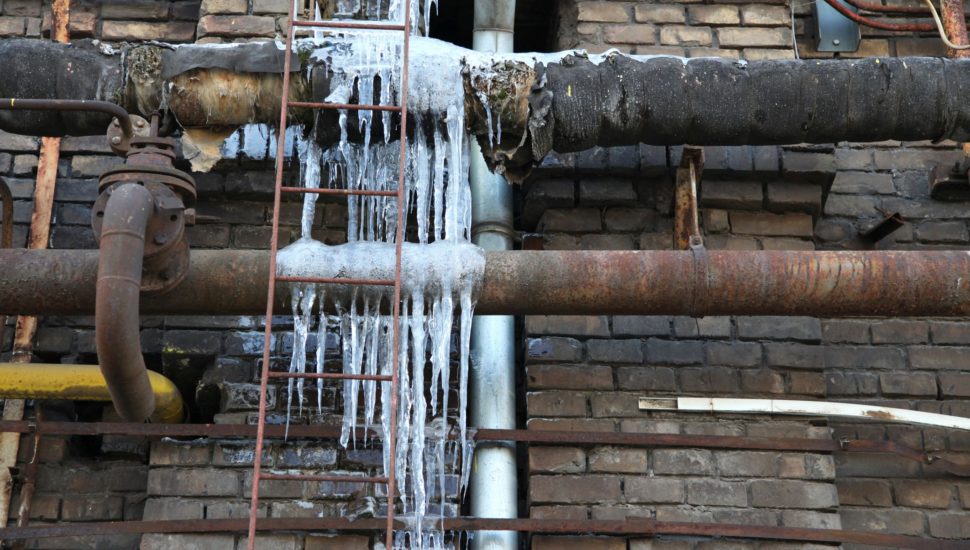Don’t Get Left Out in the Cold: Winter Weather Building Maintenance Guidelines from Advantage

 by Mike Glover, Business Development Manager at Advantage Building & Facility Service,
by Mike Glover, Business Development Manager at Advantage Building & Facility Service,
Commercial property management encompasses many different aspects of real estate. Included in this umbrella is accounting (rent collection and vendor payables), lease abstracting, vendor management, budgeting, owner/tenant communication and reactive/preventative maintenance.
This article focuses on the preventative maintenance avenue. We all know how to adjust our bodies as the weather turns cold, however it is easy to forget that our commercial real estate needs to adjust to the changes as well. Here are some things not to forget regarding your commercial real estate:
- If you have exterior water connections, make sure the water has been shut off, hoses removed and the pipe drained prior to the first freeze of the season. This will prevent those pipes from cracking as we enter the cold winter months. Did you know that they now make frost-proof faucet and connections?
- If you can feel a draft coming in around exterior doors and windows, make sure to have someone check the seals around the doors and weather-stripping around the doors. Replacing/repairing these gaps can help to save on energy costs during the season. Automatic door closers can help to ensure that doors aren’t left open.
- If part of your office is vacant, make sure to turn the heat back to around 50⁰ during the winter months (80⁰ during summer months) in order to conserve energy while still preventing issues caused by extreme temperatures. Digital thermostats in occupied spaces can help to increase efficiency by changing temperatures during unoccupied hours.
- If your property has exterior sprinkler room, make sure that the walls are properly insulated or there is supplemental heat inside the room. These rooms should be checked on a regular basis to ensure that all is working properly.
- In the event of a large snow storm, make sure you pay attention to the weight load on the roof. Snow averages about 15 pounds per square foot and drifted snow can weigh as much as 15 pounds per square foot. As this weight builds up on the exterior, it can cause the roof to deflect. In order to prevent a roof collapse, snow will need to be removed to alleviate the stress. As snow melts, it needs access to the roof drains so that it doesn’t create ice on the roof. Make sure roof drains are clear so that water drains properly.
_______

Mike Glover has 15 years’ experience in the real estate and finance fields. He has been with Advantage for 6 years and has held a variety of positions during his tenure. You can reach him at 610.701.0735 or via email.
Connect With Your Community
Subscribe to stay informed!
"*" indicates required fields









![95000-1023_ACJ_BannerAd[1]](https://vista.today/wp-content/uploads/2023/03/95000-1023_ACJ_BannerAd1.jpg)






































